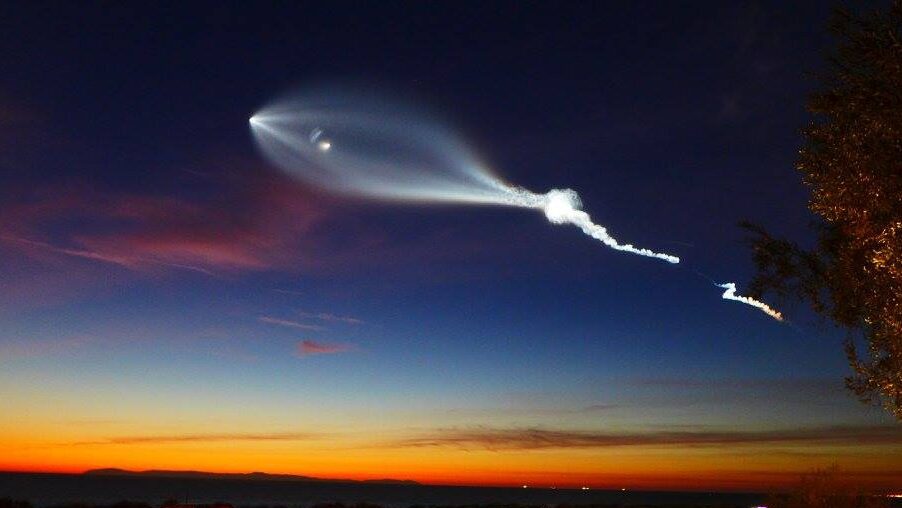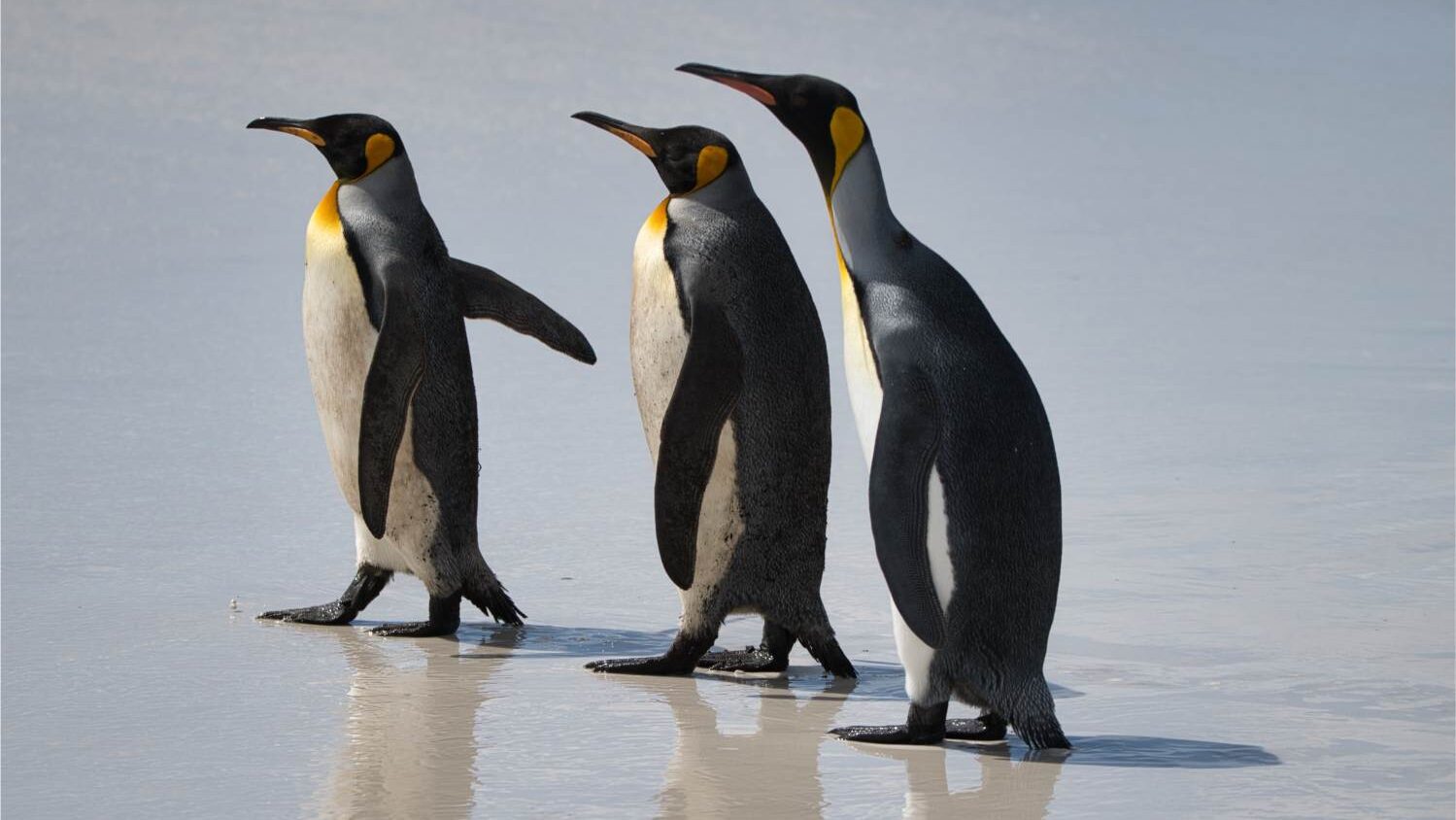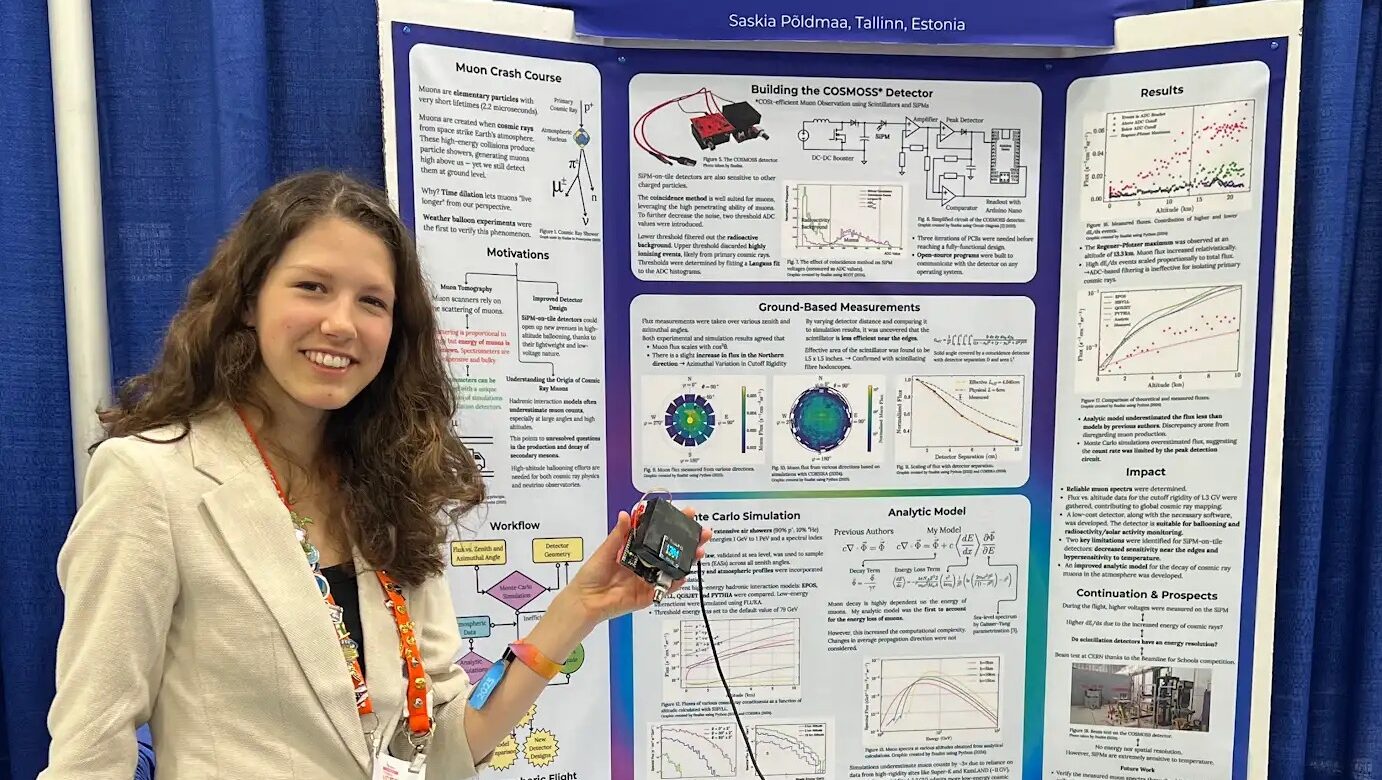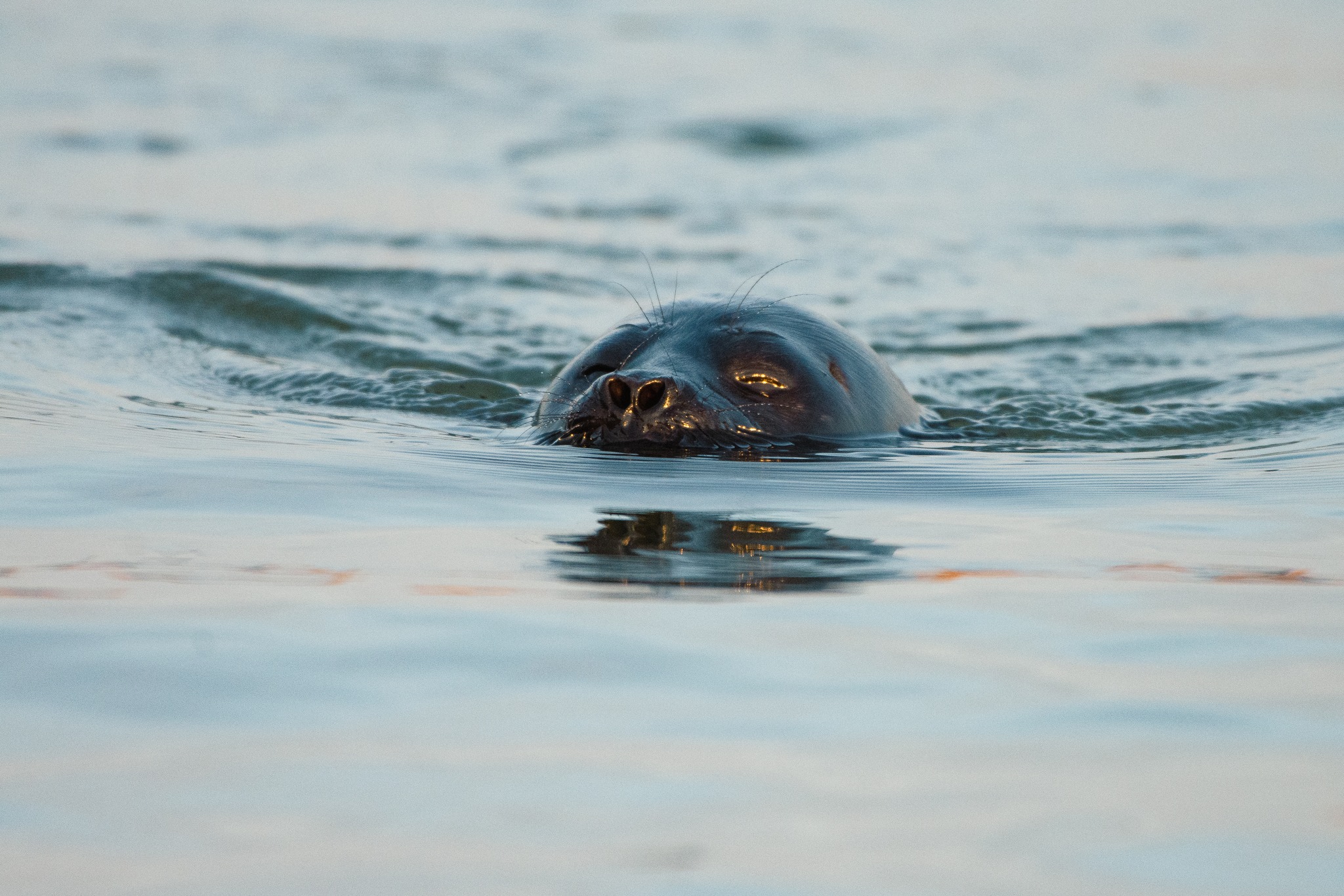They were pointing to the sky in the direction of Los Angeles. I couldn’t imagine what they were talking about.
To my surprise, the tiny speck in the sky was a SpaceX satellite launch. One of the bystanders actually worked for SpaceX and was enthusiastic in answering everyone’s questions about the launch. Never mind the lost sunset photo opportunity, photography at Crystal Cove—south of Los Angeles—was perfect.
Later on, the newspapers reported that the launch caused a social media frenzy as well as a multi-car crash on a local freeway. That was the year 2017 and we have never looked back. SpaceX, JPL (NASA Jet Propulsion Lab), and NASA have all done magnificent work in helping to prepare today’s students for an aerospace future. So what's available for students interested in these career options?
Generally these opportunities can be divided into three different categories:
1) internships
2) science challenges, including CubeSat Launch Initiatives (ESTCube being one example)
3) science fair opportunities
This is not a comprehensive list, but it will give you a good idea of the general requirements.
Become a subscriber to continue reading!
Every week we bring you news from the community and exclusive columns. We're relying on your support to keep going and invite you to subscribe.
Starting from $2.30 per week.




